OSIRIS-Rex, NASA’s first ever spacecraft designed to collect and retrieve pristine samples of an asteroid for return to Earth has entered its final assembly phase.
Approximately 17 months from now, OSIRIS-REx is slated to launch in the fall of 2016 and visit asteroid Bennu, a carbon-rich asteroid.
Bennu is a near-Earth asteroid and was selected for the sample return mission because it “could hold clues to the origin of the solar system and host organic molecules that may have seeded life on Earth,” says NASA.
The spacecraft is equipped with a suite of five science instruments to remotely study the 492 meter meter wide asteroid.
Eventually it will gather rocks and soil and bring at least a 60-gram (2.1-ounce) sample back to Earth in 2023 for study by researchers here with all the most sophisticated science instruments available.
The precious sample would land arrive at Utah’s Test and Training Range in a sample return canister similar to the one for the Stardust spacecraft.
The OSIRIS-REx – which stands for Origins, Spectral Interpretation, Resource Identification, Security, Regolith Explorer – spacecraft passed a critical decision milestone on the road to launch and has been officially authorized by NASA to transition into this next mission phase.
The decision meeting to give the go ahead for final assembly was held at NASA Headquarters in Washington on March 30 and was chaired by NASA’s Science Mission Directorate, led by former astronaut John Grunsfeld who was the lead spacewalker on the final shuttle servicing mission to the Hubble Space Telescope in 2009.
“This is an exciting time for the OSIRIS-REx team,” said Dante Lauretta, principal investigator for OSIRIS-Rex at the University of Arizona, Tucson, in a stetement.
“After almost four years of intense design efforts, we are now proceeding with the start of flight system assembly. I am grateful for the hard work and team effort required to get us to this point.”
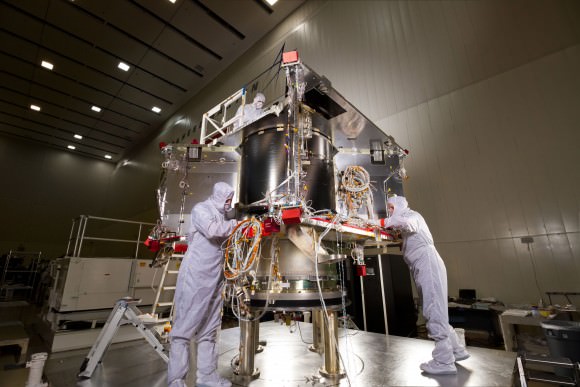
The transition to the next phase known as ATLO (assembly, test and launch operations) is critical for the program because it is when the spacecraft physically comes together, says Lockheed Martin, prime contractor for OSIRIS-REx. Lockheed is building OSIRIS-Rex in their Denver assembly facility.
“ATLO is a turning point in the progress of our mission. After almost four years of intense design efforts, we are now starting flight system assembly and integration of the science instruments,” noted Lauretta.
Over the next six months, technicians will install on the spacecraft structure its many subsystems, including avionics, power, telecomm, mechanisms, thermal systems, and guidance, navigation and control, according to NASA.
“Building a spacecraft that will bring back samples from an asteroid is a unique opportunity,” said Rich Kuhns, OSIRIS-REx program manager at Lockheed Martin Space Systems, in a statement.
“We can feel the momentum to launch building. We’re installing the electronics in the next few weeks and shortly after we’ll power-on the spacecraft for the first time.”
OSIRIS-REx is scheduled for launch in September 2016 from Cape Canaveral Air Force Station in Florida aboard a United Launch Alliance Atlas V 411 rocket, which includes a 4-meter diameter payload fairing and one solid rocket motor. Only three Atlas V’s have been launched in this configuration.
“In just over 500 days, we will begin our seven-year journey to Bennu and back. This is an exciting time,” said Lauretta.
The spacecraft will reach Bennu in 2018 and return a sample to Earth in 2023.
Bennu is an unchanged remnant from the collapse of the solar nebula and birth of our solar system some 4.5 billion years ago, little altered over time.
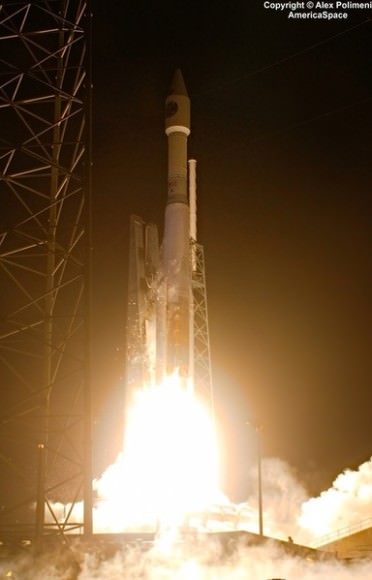
Significant progress in spacecraft assembly has already been accomplished at Lockheed’s Denver manufacturing facility.
“The spacecraft structure has been integrated with the propellant tank and propulsion system and is ready to begin system integration in the Lockheed Martin highbay,” said Mike Donnelly, OSIRIS-REx project manager at NASA’s Goddard Space Flight Center in Greenbelt, Maryland, in a statement.
“The payload suite of cameras and sensors is well into its environmental test phase and will be delivered later this summer/fall.”
OSIRIS-REx is the third mission in NASA’s New Frontiers Program, following New Horizons to Pluto and Juno to Jupiter, which also launched on Atlas V rockets.
The most recent Atlas V launched NASA’s MMS quartet of Earth orbiting science probes on March 12, 2015.
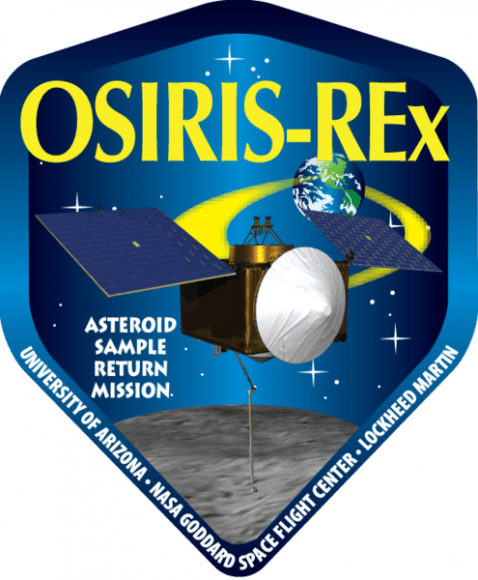
NASA’s Goddard Space Flight Center in Greenbelt, Maryland, is responsible for overall mission management.
OSIRIS-REx complements NASA’s Asteroid Initiative – including the Asteroid Redirect Mission (ARM) which is a robotic spacecraft mission aimed at capturing a surface boulder from a different near-Earth asteroid and moving it into a stable lunar orbit for eventual up close sample collection by astronauts launched in NASA’s new Orion spacecraft. Orion will launch atop NASA’s new SLS heavy lift booster concurrently under development.
Stay tuned here for Ken’s continuing Earth and planetary science and human spaceflight news.
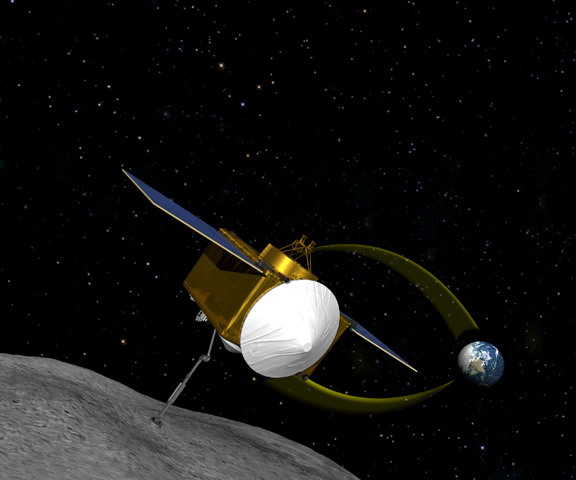
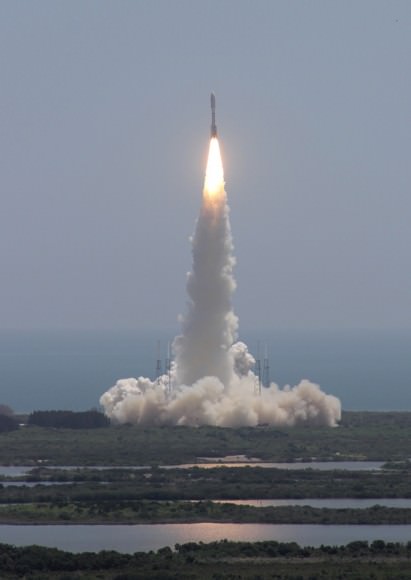

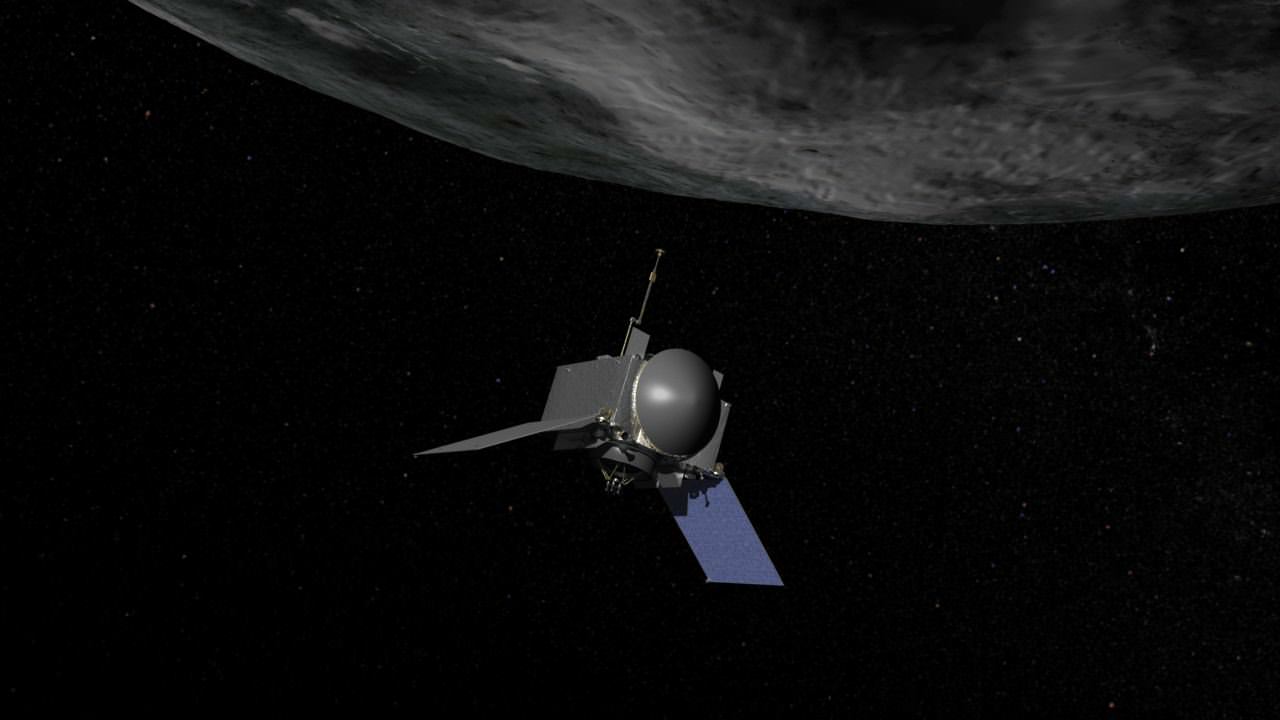
OSIRIS-Rex will drop its capsule to Earth, but what will happen to the spacecraft itself? Will it also enter Earth’s atmosphere? If it just swings by, could it do a flyby of another NEO, if a suitable target can be found and if it has enough remaining propellant?
I don’t find any specific info on that, but I would think that they return as little mass as necessary to Earth, only the sample capsule, to save fuel. I don’t think they have any chance of continuing to a second target. Dawn could do it thanks to ion electric propulsion which OSIRIS-REx won’t have. To date 21 asteroids and comets have been visited by spacecrafts! Often as a flyby while on the way to some other target. And 4 more are already financed or launched. An OSIRIS-REx2 on the other hand, has been proposed to visit both of the neglected Moons of Mars for sample returns.
Aha! I found a paper that says OSIRIS-Rex will *not* re-enter the Earth’s atmosphere. They’re going to put it in standby mode after the Earth flyby in case it comes in handy again.
I won’t link directly to the paper because my post will take forever to be moderated if I do, but if you google osiris-rex “returning the asteroid sample” the pdf is among the first hits.
Hayabusa-2 will also continue after returning its payload.
Why such a small sample to be returned? Surely, we can bring back more than 2.1 ounces of material. Anyone know the technical reasons why we cannot bring more back?